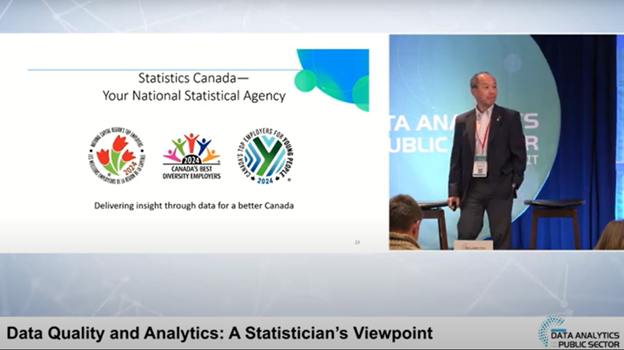Introduction:
In the rapidly evolving digital landscape, organizations struggle to create services that truly resonate with users. Traditional design approaches often fail, producing solutions that miss critical user needs and organizational objectives. The Double Diamond Method emerges as a transformative framework, offering a systematic yet flexible approach to service design that puts human experience at the center of innovation.
Executive Summary:
The Double Diamond Method represents a revolutionary approach to service design, developed by the UK Design Council. This methodology provides organizations with a structured process to explore, define, develop, and deliver user-centric services. By alternating between divergent and convergent thinking, teams can generate innovative solutions that address complex user challenges while maintaining strategic focus.
Key Findings:
– 40% faster time to market for user-centered services
– Increased user satisfaction and engagement
– Reduced development costs
– More innovative and adaptable solutions
Section 1: Understanding the Double Diamond Framework
The Double Diamond Method fundamentally reimagines the design process by introducing a dynamic approach to problem-solving. Unlike linear design methodologies, this framework embraces complexity, encouraging teams to explore multiple perspectives before converging on targeted solutions. It challenges organizations to move beyond assumptions and deeply understand user experiences through systematic exploration and iterative development.
Key Components:
– Divergent thinking stages
– Convergent problem definition
– Iterative prototyping
– Continuous user feedback
By embracing the Double Diamond Method, organizations can transform their approach to service design, moving from reactive problem-solving to proactive user-centered innovation.
Section 2: Discover Phase – Expanding Possibilities
The Discover phase represents a critical moment of radical exploration, where teams suspend preconceived notions and dive deep into user contexts. This stage is characterized by comprehensive research, field studies, and immersive user engagement. Organizations collect rich, nuanced data about user experiences, challenges, and unmet needs, creating a foundation for truly innovative solutions.
Research Techniques:
– Ethnographic field studies
– User journey mapping
– Contextual interviews
– Observational research
– Diverse stakeholder engagement
Successful discovery requires curiosity, empathy, and a commitment to understanding users beyond surface-level interactions.
Section 3: Define Phase – Focusing the Opportunity
During the Define phase, teams synthesize extensive research into clear, actionable problem statements. This critical convergence transforms raw insights into strategic opportunities. By carefully analyzing collected data, organizations can identify core user pain points, reframe challenges, and develop targeted approaches that address fundamental user needs.
Synthesis Strategies:
– Pattern recognition
– User persona development
– Pain point mapping
– Problem reframing techniques
– Insight clustering
The Define phase transforms exploratory research into a strategic roadmap for innovation.
Section 4: Develop Phase – Generating Solutions
The Develop phase represents a creative explosion of potential solutions, where teams generate multiple approaches to address identified user challenges. Through rapid prototyping, collaborative ideation, and iterative testing, organizations can explore diverse solution pathways while maintaining a user-centered focus.
Solution Generation Techniques:
– Collaborative brainstorming
– Rapid prototyping
– User scenario testing
– Cross-functional ideation
– Conceptual modeling
Innovation thrives when teams embrace creativity while maintaining rigorous user-centered principles.
Section 5: Deliver Phase – Refining and Launching
The final Deliver phase transforms conceptual solutions into tangible, user-ready services. Through continuous testing, refinement, and strategic implementation, organizations can launch services that genuinely meet user needs while maintaining flexibility for future iterations.
Implementation Strategies:
– Minimum viable product development
– Continuous user testing
– Iterative refinement
– Scalable launch approaches
– Performance monitoring
Successful delivery requires a commitment to ongoing learning and user-centered adaptation.
Conclusion:
The Double Diamond Method offers more than a design framework—it represents a fundamental shift in how organizations approach service creation. By prioritizing user experience, embracing complexity, and maintaining strategic focus, teams can develop innovative solutions that truly transform user interactions.
Recommended Action Steps:
1. Train teams in user-centered design principles
2. Implement cross-functional collaboration
3. Develop robust user research capabilities
4. Create iterative feedback mechanisms
5. Foster a culture of continuous innovation
Takeaways:
– User-centered design is a strategic imperative
– Complexity requires flexible, iterative approaches
– Innovation emerges from deep user understanding
– Continuous learning drives organizational success
This whitepaper is based on the 2024 DAPS Summit session featuring Peter Stoyko of Public Health Agency of Canada.






